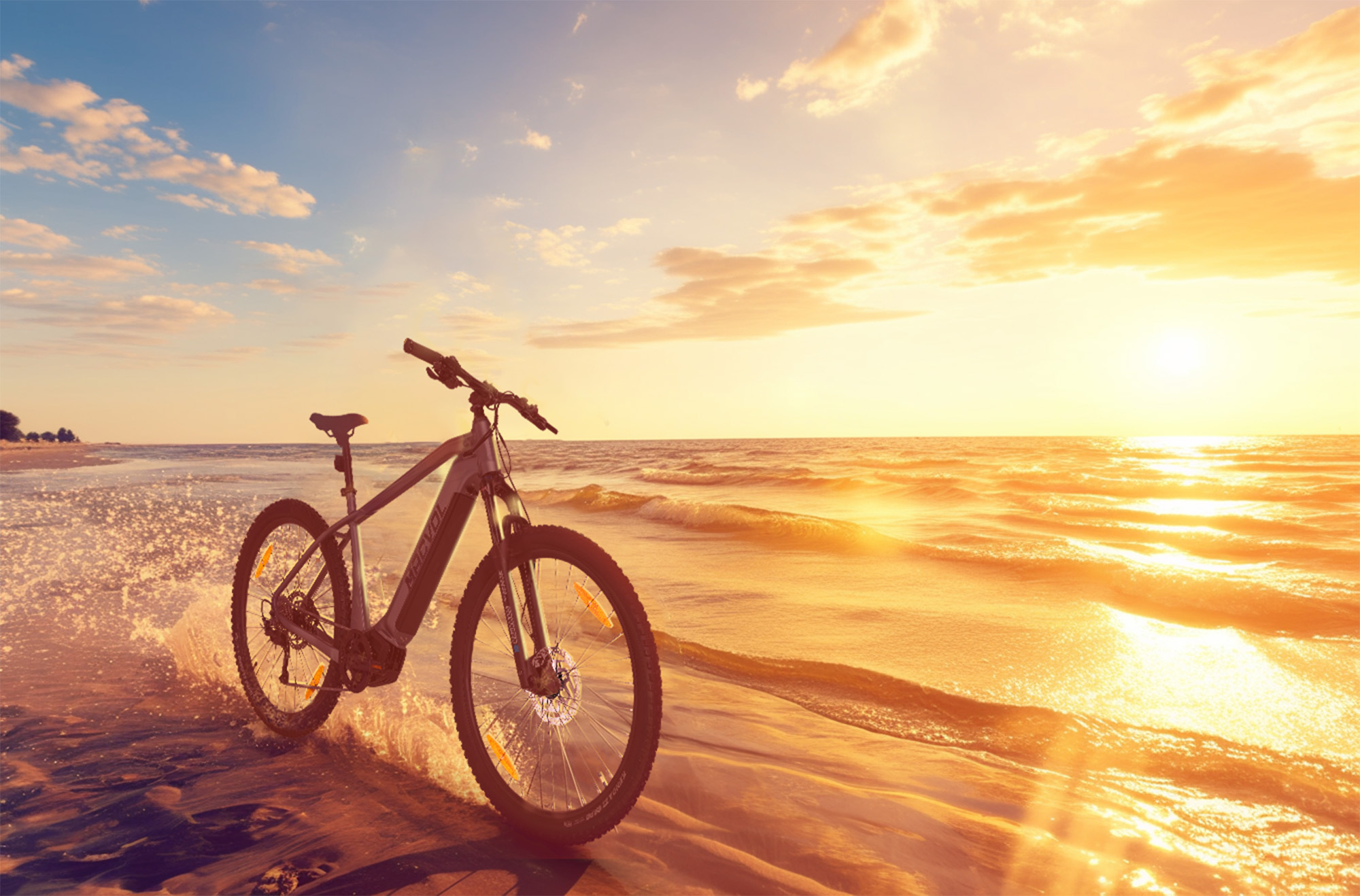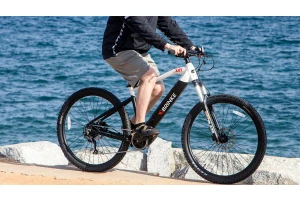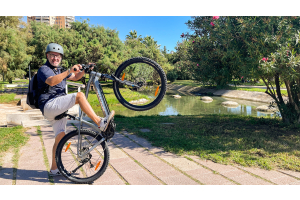August 22, 2024

What body parts are exercised through cycling as a full-body workout?
Cycling is a full-body aerobic exercise involving multiple muscle groups, especially the lower body. Here’s an overview of the main muscle groups worked during cycling:
Leg Muscles
Quadriceps: Located at the front of the thigh, this powerful group is crucial for knee extension and provides power during pedal strokes. Key for performance and stability.
Hamstrings: Found at the back of the thigh, they assist in knee flexion and hip extension, playing a vital role in the downward pedal push. Strengthening them improves efficiency and injury prevention.
Calf Muscles:
Gastrocnemius: Located on the calf's outer layer, involved in foot flexion and knee bending.
Soleus: Deeper muscle, helps in maintaining posture and balance, important in pedal pushing.
Glute Muscles
Gluteus Maximus: Largest muscle in the buttocks, responsible for hip extension during the downstroke.
Gluteus Medius and Minimus: Assist in hip stability and pelvic balance.
Core Muscles
-
Essential for maintaining balance and posture on the bike, including muscles like the transverse abdominis, rectus abdominis, and obliques.
Back Muscles
Latissimus Dorsi: Helps maintain posture, especially in prolonged rides. Engaged in stabilizing the spine and aiding in overall coordination.
Upper Limb Muscles
Arm Muscles: Active in holding handlebars, steering, and adjusting speed.
Forearm Muscles: Used for gripping and controlling the bike.
Though cycling mainly targets the lower body, it also engages core and upper body muscles to some extent. For a balanced workout, combine cycling with exercises like core training, upper body strength training, and flexibility exercises to maintain overall fitness and health.


 Deutsch
Deutsch  Español
Español  Deutsch
Deutsch 



Validate your login